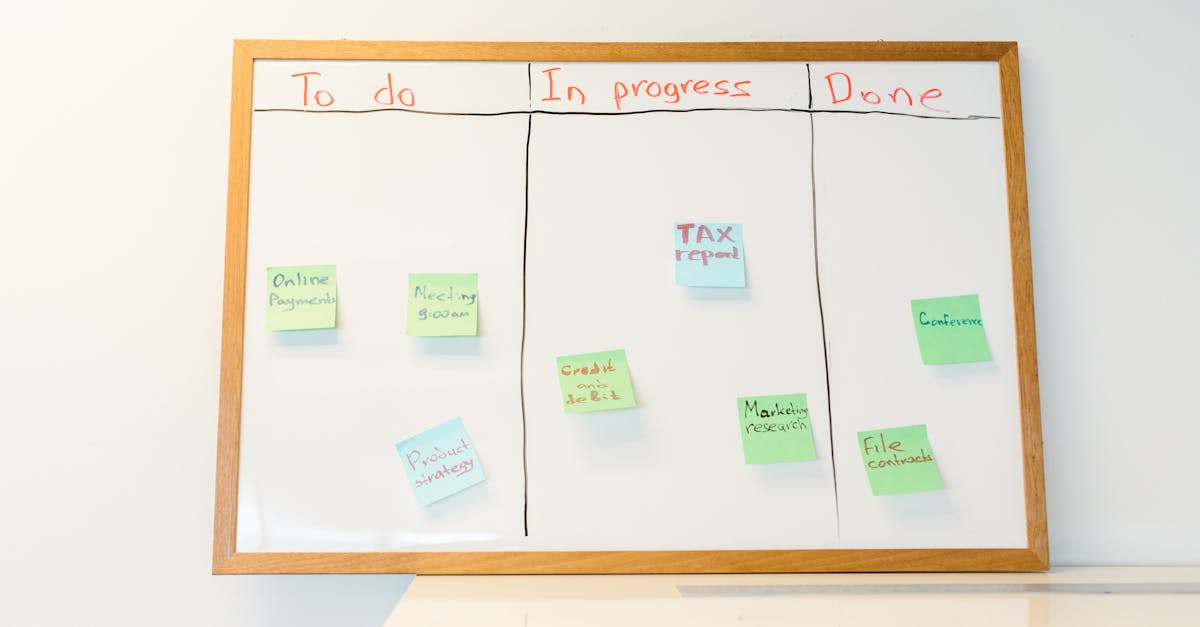
Introduction
Union organizing or bargaining can feel like a compliance minefield: missed notices, unclear ballots, or scattered records create legal exposure, employee distrust and costly disputes. With remote teams and overlapping federal, state and local rules, HR teams need a repeatable, audit‑ready approach — and document automation can convert last‑minute scramble into consistent, defensible practice. HR digitization ties templates, delivery and retention into a single source of truth so you can show who received what, when, and why.
What you’ll find: a practical set of pre‑configured templates and an operational playbook that walks you through: mapping mandatory communications and legal notices; automating neutral notifications and acknowledgement tracking; securing anonymous ballots with chain‑of‑custody and exportable audit logs; codifying retention, search and privacy controls; and governance to avoid timing, single‑channel and template pitfalls. Use these steps to reduce risk, speed response and produce audit‑ready evidence when it matters most.
Map required communications and legal notices during organizing/collective bargaining
Map the mandatory notices and who receives them. Create a jurisdiction‑aware matrix that lists federal, state and local requirements (e.g., NLRB notices, statutory postings, union petitions, bargaining notices). For each notice capture: issuer, recipient groups, delivery window, required language/translations, and retention period.
Use HR digitization to centralize the map. Store the matrix in your HRIS or a secure cloud document repository so changes in law or policy are versioned and timestamped. HR digital transformation here reduces error by tying required notices to employee segments and events (hire, layoff, bargaining unit change).
Record communication context and neutrality. Document who drafted the notice, legal approvals, and any neutral third‑party involvement. Keep both the notice content and metadata (who sent it, method, time) so you can demonstrate neutrality if challenged.
Leverage HR analytics for coverage and gaps. Run regular reports that surface missing notices, overdue deliveries, or employee groups without required language support. That reporting helps prioritize remediation before a compliance issue escalates.
Automating neutral employee notifications and acknowledgment tracking with templates
Define standard template types. Create templates for neutral notices, policy updates, bargaining communications and acknowledgements. Ensure each template includes required legal language, translation placeholders, and a link to the full policy or collective bargaining materials.
Automate delivery and capture acknowledgements. Use HR automation and an HRIS or employee self‑service portal to deliver messages by employee group (not individuals) and collect secure, timestamped acknowledgements. Support multiple channels (email, in‑portal, SMS) but log all deliveries centrally to maintain a complete audit trail.
Track and certify receipt. For each acknowledgement record store: recipient ID, delivery method, content version, timestamp and IP/device metadata where appropriate. If anonymity is required for a process, capture proof of delivery without linking to vote content.
Template governance. Version templates and require a legal approval gate before any template is published. Link acknowledged documents to employment records — for example, policies can be tied back to the employment agreement (see template example: Employment agreement).
Secure ballot and survey handling: anonymous submissions, chain‑of‑custody and audit logs
Separate identity from response data. Design ballots and surveys so identifying metadata is kept separate from ballot responses. Use unique tokens or two‑server models where a token server maps identity to a delivery token and a results server stores only responses.
Maintain a clear chain‑of‑custody. Record every action: token issuance, distribution, receipt, result submission, and result aggregation. Capture timestamps, responsible system components, and checksums or digital signatures to prevent tampering.
Support true anonymity and verification. Use cryptographic techniques (e.g., blind signatures, homomorphic tallying) or trusted third‑party providers when anonymity is legally required. Provide verification artifacts so an independent auditor can confirm counts without exposing voter identities.
Audit logs and exportability. Ensure logs are immutable and exportable in standard formats for legal review. Use HR digitization software that integrates with cloud‑based HR systems to retain these artifacts and feed HR analytics dashboards for high‑level result insights without compromising anonymity.
Recordkeeping requirements: retention rules, searchability and privacy controls for HR/legal teams
Map retention requirements. Build a retention schedule by record type (notices, ballots, acknowledgements, complaints, termination letters) and by applicable law. Include legal hold processes that override deletion rules.
Enable secure search and e‑discovery. Store records in an HRIS or compliant cloud repository that supports indexed search, filters (date range, employee group, document type), and exportable result sets for litigation or regulatory requests.
Apply privacy and access controls. Use role‑based access, field‑level encryption and just‑in‑time access workflows so only authorized HR or legal staff can view sensitive items. Log all access for auditability.
Retention + analytics. Combine HR analytics and retention data to flag when records are approaching end‑of‑life, when legal holds are required, or when search activity indicates an emerging issue. Treat the HR digitization roadmap as part of your records strategy to improve searchability and compliance.
Avoiding common compliance pitfalls: timing, singular communication channels, and template governance
Mind the timing rules. Many violations arise from late notices or communications sent within prohibited windows. Automate calendar triggers in your HRIS tied to event dates to avoid timing errors.
Don’t rely on a single channel. A singular communication channel (only email or only a bulletin board) risks missing employees. Use at least two complementary channels and log each delivery to prove outreach efforts.
Govern your templates. Unapproved or outdated templates are a common pitfall. Maintain a template library with mandatory metadata: version, author, legal approver and last review date. Enforce a publishing workflow so only reviewed templates are used in automated campaigns.
Train and test. Run regular compliance drills that exercise notice delivery, ballot handling, and records retrieval. Use findings to update your HR digitization roadmap and mitigate gaps before they become compliance problems.
Template sets HR and legal should pre‑configure (acknowledgements, complaint logs, term letters)
Core template list.
- Acknowledgements: policy updates, bargaining notices, voluntary recognition acknowledgements (store versioning and timestamped signatures).
- Complaint logs: intake form, escalation/acknowledgement notice, investigation status updates (see example complaint intake: Complaint form).
- Notification letters: neutral notices, meeting invites, bargaining timelines.
- Termination and separation: standard termination letters, severance offers, final paycheck notices (see sample termination letter: Termination letter).
- Election/ballot templates: ballot instructions, token delivery messages, audit statements.
Template fields and metadata. For each template include placeholders for document version, legal approver, required disclosures, translation options and retention code. Store templates in the HRIS so automation can fill fields and produce audit‑ready records.
Operational playbook: approvals, legal review gates and audit‑ready evidence collection
Define approval gates. Map every communication type to required reviewers (HR lead, legal counsel, compliance officer). Make legal review a mandatory gate in the publishing workflow for bargaining‑related or neutral notices.
Create a checklist for audit readiness. Each published communication should have: template version, approver signatures, delivery records, acknowledgement logs, and any translations. Keep these packaged as an immutable evidence set for each event.
Automate evidence collection. Configure your HRIS or HR digitization platform to automatically assemble the evidence set when a campaign runs. Include exportable audit bundles (PDFs + logs) that are time‑stamped and hashed.
Escalation and exception handling. Build a clear exception workflow for urgent changes that require rapid deployment. Require post‑deployment legal review and a documented remediation plan when exceptions occur.
Continuous improvement. Use post‑event reviews and HR analytics to refine approval thresholds, gating rules and template wording. Document changes in the playbook as part of your HR digital transformation and HR digitization roadmap.
Summary
Keeping union‑related communications, ballots and records consistent and defensible comes down to three things: a mapped set of required notices, governed templates with approval gates, and automated evidence collection that preserves anonymity where required. The playbook above shows how to centralize delivery, secure ballot handling, and codify retention and search so HR and legal teams can reduce timing errors, demonstrate neutrality, and produce audit‑ready bundles on demand. HR digitization ties templates, delivery, and retention into a single source of truth that speeds response and lowers legal risk. If you want pre‑configured templates and a practical automation workflow to get started, explore the toolkit at https://formtify.app
FAQs
What is HR digitization?
HR digitization is the process of converting HR processes and records into digital, automated workflows and repositories. It combines templates, HRIS integrations and analytics so teams can track deliveries, acknowledgements and retention with timestamps and version control.
How do I start HR digitization in my company?
Begin by mapping core HR processes and the documents each one needs—notice templates, acknowledgements, ballots and retention codes. Prioritize low‑risk pilots (for example, neutral notices or acknowledgment capture), integrate them with your HRIS, and add legal review gates and reporting as you scale.
What are the benefits of HR digitization?
Digitization reduces manual errors, centralizes evidence for audits, and speeds response times during union organizing or bargaining events. It also improves searchability and retention control while providing analytics to spot coverage gaps before they become compliance problems.
How much does HR digitization cost?
Costs vary based on scope—whether you’re adapting an existing HRIS, buying a specialized platform, or building custom integrations. Consider initial setup (templates, workflows, legal reviews), ongoing subscription or hosting fees, and the potential savings from reduced legal risk and faster compliance response.
Will HR digitization replace HR jobs?
HR digitization is more likely to shift HR work than replace it: routine tasks (delivery, acknowledgements, basic triage) become automated, freeing HR and legal staff for higher‑value work like strategy and complex case handling. Strong governance and people oversight remain essential for compliance, interpretation and exception handling.





